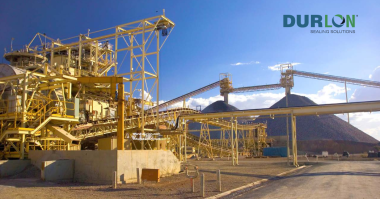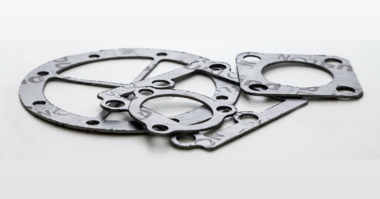End-User Description
Space Concordia, Concordia University’s student rocket team. Using gaskets for cryogenic insulation of the engine’s fuel injector manifold.
The Challenge
Space Concordia built a rocket with a liquid engine, running on cryogenic liquid oxygen and kerosene. The fuel injector built for the engine presented with some sealing concerns. Considering media compatibility, advisors recommended Durlon® to the team for a sealing solution suitable for oxygen.
Effective sealing is crucial in rocket engines to prevent leaks that can lead to engine failure or catastrophic safety hazards, especially when dealing with cryogenic temperatures and highly reactive substances like liquid oxygen.
The Solution
Durlon® provided low-temperature and high-pressure rated gaskets that fit the application, made of Durlon® 9002. This specific gasket provided thermal stability, resistance to cryogenic temperatures, and the ability to withstand elevated pressures without compromising its sealing capabilities.
The Customer’s Findings
“The sealing and insulation properties of the gaskets were up to the team’s specifications and provided the required performance.”
“The cryogenic temperatures were not propagating everywhere, thus no hardware was damaged, and the engine was able to fire successfully.”
The Benefits
The Durlon® 9002 gasket played a crucial role in safeguarding the lower end of the injector from the potentially damaging effects of cryogenic temperatures. In the past, cryogenic temperatures would propagate out of the gasket and cause hardware damage. This gasket; acting as a thermal barrier, successfully mitigated the impact of cryogenic temperatures on the lower end of the injector. Overall, it enhanced the system’s resilience, preventing potential damage and contributing to improved overall performance and safety.
The rocket engine was hotfired two seperate times each for 10 seconds. This hot fire beat the previous world record for most powerful student rocket engine, outputting 40kN of thrust.





Comments